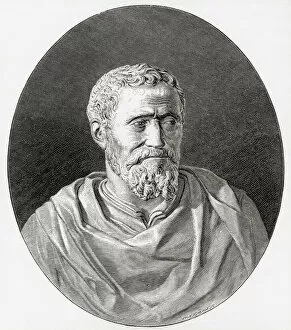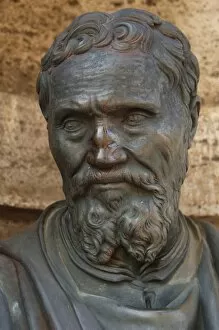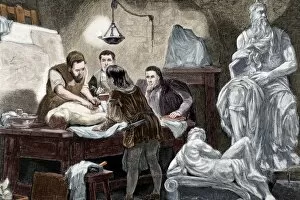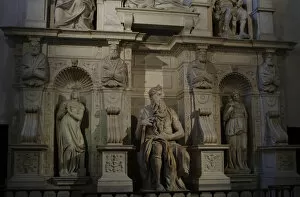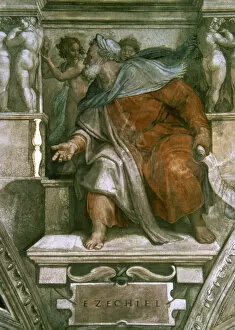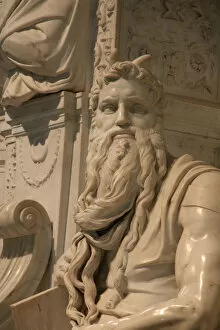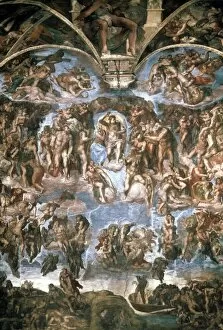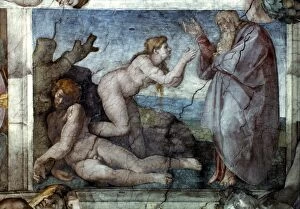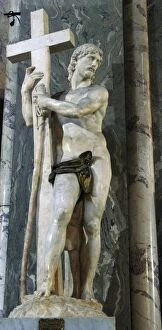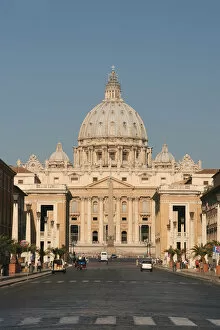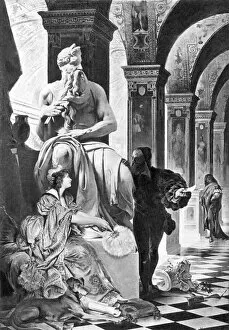Buonarroti Collection (page 6)
Buonarroti: A Masterpiece of Artistic Genius Michelangelo Buonarroti, renowned as one of the greatest artists in history
For sale as Licensed Images
Choose your image, Select your licence and Download the media
Buonarroti: A Masterpiece of Artistic Genius Michelangelo Buonarroti, renowned as one of the greatest artists in history, left an indelible mark on the world with his extraordinary creations. From the iconic frescoes adorning the Sistine Chapel to his magnificent sculptures, every stroke and chisel mark bears witness to his unparalleled talent. In "The Creation of Adam, " Michelangelo's brush breathes life into this biblical scene. The outstretched hands of God and Adam epitomize divine connection and human potential, forever capturing our imagination. Similarly, in "The Expulsion from Paradise, " he portrays humanity's fall from grace with striking emotion and raw vulnerability. Moses stands tall as a testament to Michelangelo's mastery over marble. The intricate details carved into every muscle fiber exude strength and determination while revealing the artist's deep understanding of human anatomy. And in "Adam & Eve: The Temptation and Expulsion, " we witness their fateful encounter with temptation depicted through Michelangelo's skillful use of color and composition. Perhaps no other sculpture is as iconic as David—a symbol of beauty, courage, and resilience. This masterpiece showcases Michelangelo's ability to transform stone into living flesh, capturing David’s intense gaze before facing Goliath head-on. "The Dying Slave" evokes a sense of melancholy as we observe a figure trapped within its marble confines—forever frozen between life and death. It serves as a poignant reminder that even great works can be born out of struggle. Stepping into Michelangelo’s studio feels like entering another realm where creativity knows no bounds. Pope Julius II himself visited this sacred space—an honor bestowed upon few artists throughout history. Among his many frescoes lies "Prophet Jeremiah. " With each brushstroke conveying profound wisdom etched onto Jeremiah’s face, it becomes evident that art was not merely an expression for Michelangelo but a conduit for the human spirit.



